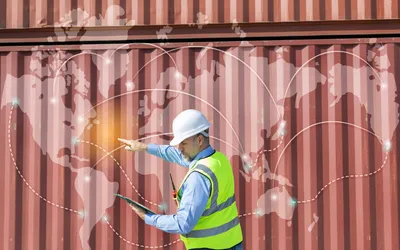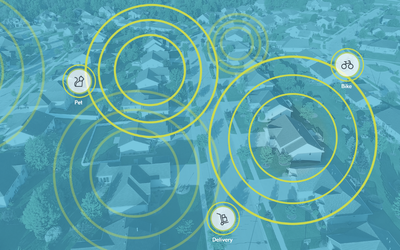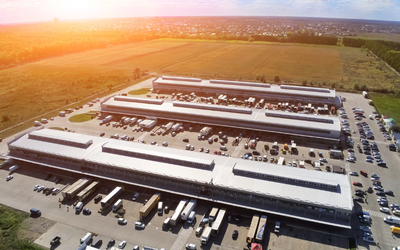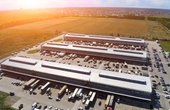As IoT evolves, projects are shifting from being experimental and exploratory to business critical. This makes them more complex, ensures they receive more scrutiny and, inevitably, increases the opportunities for things to go wrong. This is even more true when you consider that IoT devices and solutions have a long shelf life, making long-term success only possible if you’re properly planning and building today for the unknown factors in the future.
Tagged with
Wi-Fi
Latest Posts
The IoT will be one of the planet's largest and most complex machines. And its economic impact will be huge. In a 2022 report, analyst McKinsey suggested the IoT’s value could be as much as $12.5 trillion by 2030. But the IoT can only reach this size if all the components are built to global engineering standards.
Cellular Vehicle-to-Everything (C-V2X) technology is transforming the transportation industry by enabling advanced communication between vehicles, infrastructure, and other road users. This breakthrough technology has the potential to improve road safety, reduce traffic congestion, and support the development of autonomous vehicles.
To help meet climate targets, the world is transitioning from internal combustion engine (ICE) vehicles to electric vehicles (EVs). The move to EVs, particularly if they can be recharged with renewable resources, eliminates emissions at the tailpipe and those associated with extracting and refining the fuel for conventional engines. In short, EVs promise a greener future.

































